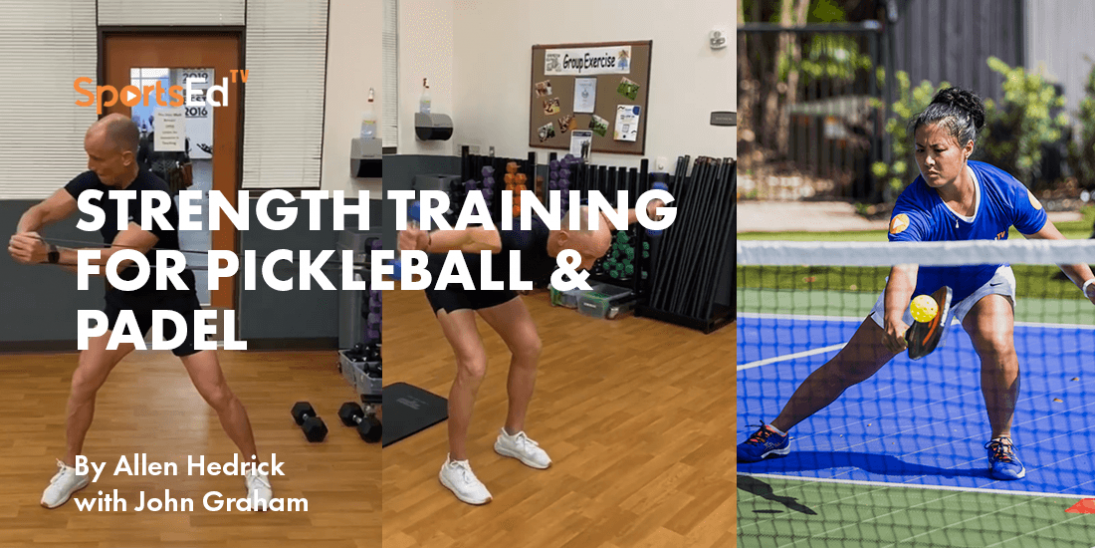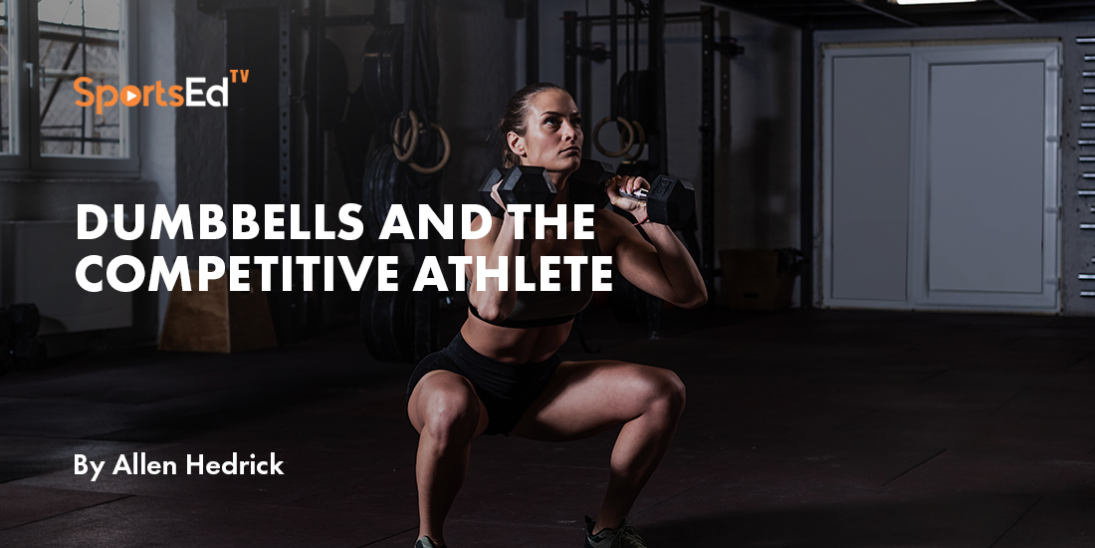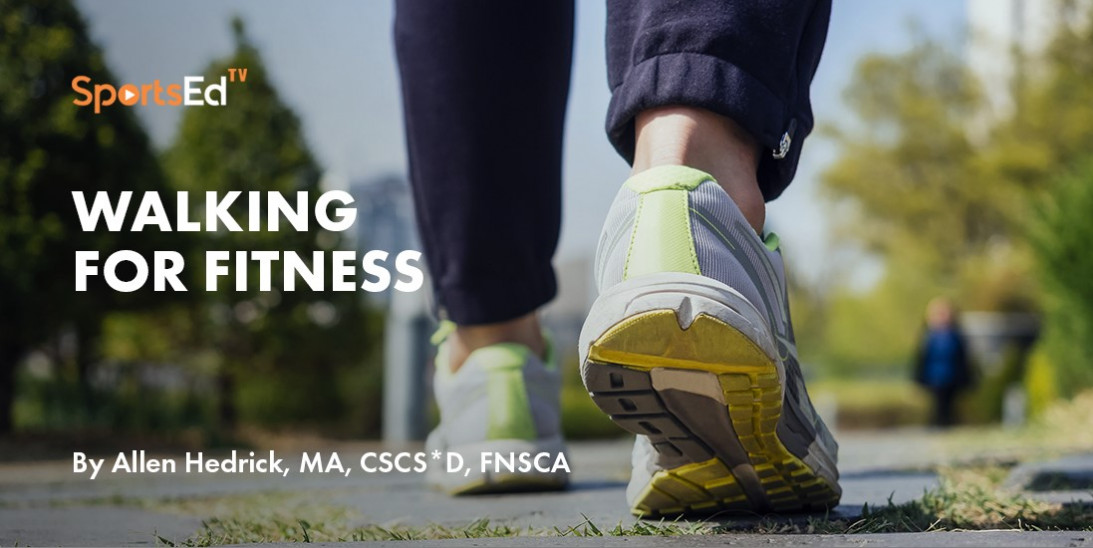Strength And Conditioning
Welcome and thanks for visiting...

The Best Upper Body Exercises
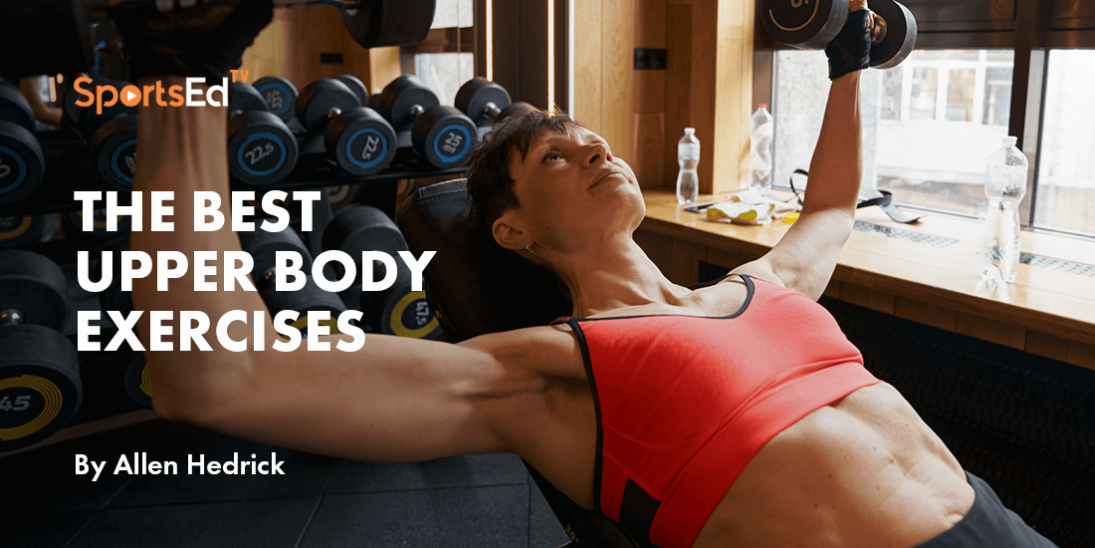
Based on a review of internet searches there is a lot of interest in what the best exercises are for the upper body. I wish I could simply provide a list of the 10 best exercises to gain strength in the upper body and leave it at that. However, the correct answer to what the best upper body exercises is “it depends”.
Let me explain. If you are fit, active, injury-free, and have been training consistently over a period of several months or longer, then your list of exercises is going to differ from someone who has not been training on a regular basis. Because of this, the answer to the question “What are the best upper body exercises to perform?” is not a simple, one-size-fits-all approach.
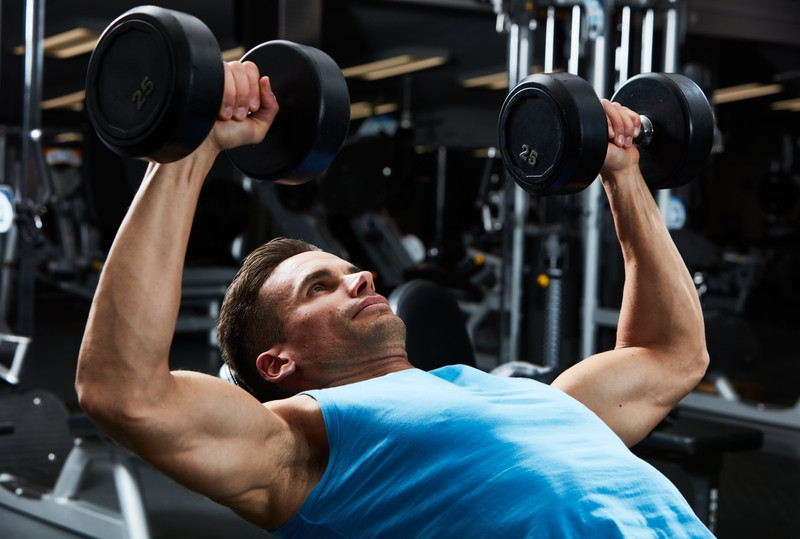
Upper body exercises for intermediate to advanced athletes
Let’s start with the easy answer first. If you are fit, healthy, and injury-free with a consistent training background, then I am going to recommend free weight exercises, emphasizing multiple joint movements (i.e., exercises that require movement at multiple joints like bench press or shoulder press). These types of exercises transfer most effectively to sports and activities of daily living. Free weight exercises (primarily barbells, dumbbells, kettlebells) require the resistance to be controlled in multiple planes of movement (i.e., front to back, side to side, rotational), similar to what occurs when in most movements in sports or activities of daily living. Think about swinging a tennis racket or picking up a bag of groceries. The point is, unlike what occurs when using a strength training machine where the resistance is on a guided track when using a free weight, the movement has to be controlled in all planes of movement.
If you fit into this category, the list of exercises (and the primary muscle groups involved in each movement) and recommended exercises are provided below. Let me be the first to acknowledge that there are a large number of exercises not included on this list that could be; a book would be needed to address every potential exercise that could be included. This is simply a list of some of the most common exercises that have been shown to be highly effective at strengthening the upper body.
You will notice that push press and power jerks have been included on the list of upper body exercises. These exercises are frequently used by weightlifters (athletes who compete in the sport of weightlifting, frequently referred to as Olympic lifting). To varying degrees, these two exercises involve dipping into a semi-squat position, pushing the feet against the floor, and fully extending the knees and hips to develop momentum and then transfer forces through the lower body and core to the upper body and using this to assist in lifting the weight overhead. The same sequence of movements might be used when lifting a heavy object from the floor to be stored on an upper shelf in a closet, where a sequence of forces is used to develop momentum to assist in lifting the object to the necessary height. Also, as you age, there is a decrease in the ability to move powerfully. To help counteract this, these two exercises can be performed safely with quality coaching and require an explosive movement, which can help maintain/develop the ability to generate power during the aging process. Maintaining power is every bit as important as maintaining strength as we age. Often times in an injury-preventing situation, such as avoiding a fall, a quick, powerful movement is required to keep you safe.
Each of the exercises listed is a multiple-joint exercise and will be the exercise emphasized for the various muscle groups of the upper body. For example, when working the chest, the primary exercise is either the bench press or the incline press, either with a barbell or a dumbbell. Be aware the list of exercises includes both barbells and dumbbells, for two reasons. First, you may want to alternate using these two modes of training for variation so that one day you perform your workout with a barbell and the next with dumbbells. That can help in reducing the monotony of training. In addition, and especially as we age, you may find that performing a movement with a dumbbell is more comfortable because there is more freedom of movement, meaning you can more easily adjust your body position when using dumbbells as compared to when training with a bar because your arms are working independently and not locked into a specific position like what occurs when gripping a bar.
Barbell Multi-joint Exercises
Push press or power jerk (lower body, core, shoulders, and triceps)
Bench press (pectoralis and triceps)
Incline press (pectoralis and triceps)
Shoulder press (deltoids and triceps)
Bent row (latissimus dorsi, trapezius)
Dumbbell Multi-joint Exercises
Dumbbell push press or power jerk
Dumbbell bench press (pectoralis and triceps)
Dumbbell incline press (pectoralis and triceps)
Dumbbell shoulder press (deltoids and triceps)
Dumbbell row (latissimus dorsi, trapezius)
Generally, and especially as you advance with your training, you are going to want to perform more than one exercise per body part. As a result, I am now going to list supplementary exercises you can choose from for each body part. Supplementary exercises are generally single-joint exercises that tend to focus on one specific muscle group. Rather than providing an all-inclusive list of exercises, I will list those most commonly performed for each muscle group:
Dumbbell Single Joint Exercises
Dumbbell flys, dumbbell pullovers (pectoralis)
Dumbbell front raise, dumbbell lateral raise (deltoids)
Dumbbell bent lateral raise, dumbbell pullover (posterior deltoid, trapezius, latissimus dorsi)
These single-joint exercises can be used to supplement the multi-joint exercises you perform for each of the major upper body muscle groups (pectoralis, deltoids, latissimus dorsi/trapezius). Most people who train place a bigger emphasis on multi-joint exercises than they do on single-joint exercises based on the number of sets performed. So, for example, a person might perform four sets of shoulder presses (a multi-joint exercise) and three sets of dumbbell lateral raises (a single-joint exercise). Multi-joint exercises work a greater amount of muscle mass than single-joint exercises, and so deserve greater attention than single-joint exercises. Single-joint exercises are generally performed with a lighter resistance than are multi-joint exercises (because there is less muscle mass involved); as a result, normally, a higher number of repetitions are performed on single-joint exercises as compared to multiple-joint exercises.
I know some readers may be thinking what about training the biceps and triceps? Those exercises are also important; they will also be performed, but they are not on a list of the most important upper body exercises. The vast majority of biceps and triceps exercises are single-joint exercises working the smaller muscles of the upper arm, so they become of secondary importance. Necessary but not in the most important category. Exercises such as a barbell curl or preacher curls for the biceps and dumbbell triceps extensions or dumbbell kickbacks for the triceps can be used to strengthen those muscle groups.
Now, the focus shifts from what exercises to how many sets and repetitions should be performed. For those who have a consistent training background, performing at least four sets, and sometimes even five or six sets, would be common on multiple joint exercises. Typically, fewer sets are completed when performing single joint exercises, often in a range of 3-4. To gain strength, a repetition range of 6-10 on multi-joint exercises would commonly be performed, and that may dip to as low as 2-3 if maximal strength increases is the goal. Typically, the repetition range on single joint exercises is higher, commonly falling in a range of 8-12 repetitions, and as high as 15-20 or more is not uncommon, depending on the goals of training.
Upper body exercises for beginners
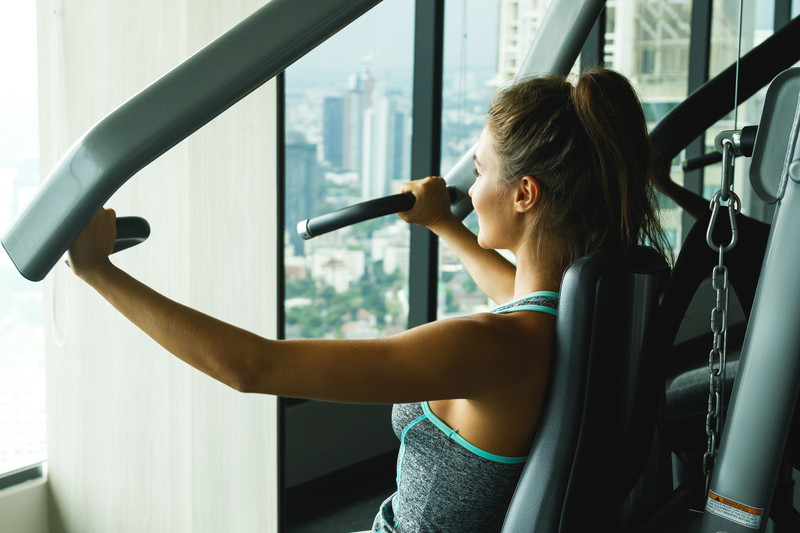
A drastically different approach should be taken for someone with little to no training background or for someone who has not trained for an extended period of time. Different choices should be made with both exercise selection and the sets and repetitions performed. In terms of exercise selection, the first adjustment will be to eliminate the performance of the push press or power jerk movement. This is a more advanced exercise and not appropriate for someone in this initial phase. Next, rather than emphasizing training with free weights, training is going to shift to a machine-based focus. Using and maintaining correct technique when training with a machine becomes easier because the movement is guided by the machine. This allows the person exercising to focus on simply pushing or pulling the resistance along a guided movement pattern, offering a safer training method.
The same list of exercises will be performed, minus push press/power jerk, as previously mentioned. As a result, the workout will look something like this:
Bench press machine (pectoralis and triceps)
Incline press machine (pectoralis and triceps)
Shoulder press machine (deltoids and triceps)
Seated row machine (latissimus dorsi, trapezius)
Chest flys machine (pectoralis)
Machine lateral raise (deltoids)
Posterior fly machine (posterior deltoid, trapezius, latissimus dorsi)
A different approach is also taken with the sets and repetitions. The goal here is to start slowly. Be patient, build a base, and avoid excessive soreness and injury by trying to advance too quickly. Initiate training with a single set of each exercise, performing 8-10 repetitions. Lifting speed initially should be slow and controlled. When the workout can be completed without causing soreness the following day, gradually add a second and then a third set as your tolerance for exercise increases. This building phase needs to be a period of caution and patience. There is no value in rushing the volume or intensity of training. Eventually, 3-5 sets can be performed on the multi-joint exercises and 3-4 sets on the single-joint exercises.
The same repetition scheme used for the free weight exercises can be applied here, with 6-10 repetitions performed on multi-joint exercises and that may dip to as low as 2-3 if maximal strength increases is the goal. Just like with free weight training, the repetition range on single joint exercises will be higher, in a range of 8-12 repetitions and up to 15-20 or more, based on the goals of training.
After a consistent six months of training, those training in the machine-based group can feel confident in switching to the free weight-based program provided. Because free weight training with the correct technique is more challenging it is highly recommended to make use of a qualified personal trainer/coach to assist you in learning the correct technique.
Following the guidelines provided will put you on the right track for strengthening the upper body. As your training background increases you can consider adding variation to your training in terms of exercise selection, training modes (barbells, dumbbells, kettlebells, resistance bands) and program design. Increasing strength is a process, the best advice is to be patient and don’t rush the process. Focus on correct technique and emphasize quality repetitions.




